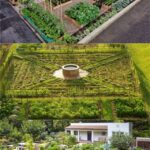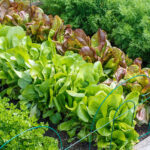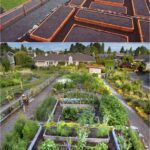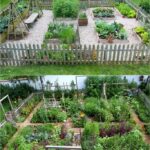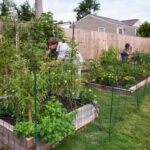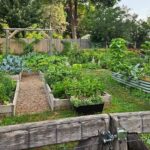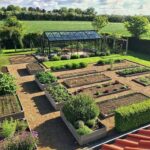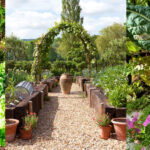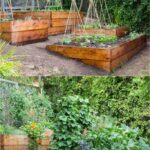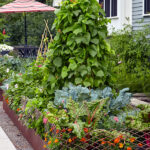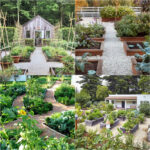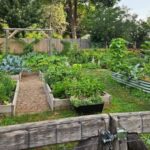When it comes to designing a vegetable garden, there are several key factors to consider in order to maximize space, yield, and aesthetics. One of the first things to consider is the layout of the garden. Raised beds are a popular choice for vegetable gardens as they help with drainage, prevent soil compaction, and make it easier to control weeds. Additionally, raised beds can be designed in various shapes and sizes to fit the space available and create a visually appealing layout.
Another important aspect of vegetable garden design is the selection of plants. It’s essential to consider the amount of sunlight and water each plant needs when planning the layout of the garden. Grouping plants with similar requirements together can make it easier to provide the right conditions for optimal growth. Additionally, rotating crops each season can help prevent soil depletion and reduce the risk of pests and diseases.
In order to make the most of a vegetable garden, vertical gardening can also be a great option. Utilizing vertical space can help save room and increase yield. Taller plants such as tomatoes, cucumbers, and beans can be grown on trellises or cages to support their growth and make harvesting easier. Hanging baskets and vertical planters can also be used to grow strawberries, herbs, and other small plants to maximize space.
Companion planting is another strategy to consider when designing a vegetable garden. Certain plants have natural benefits when grown together, such as repelling pests, attracting beneficial insects, and improving soil health. For example, planting marigolds alongside tomatoes can help deter pests, while planting basil near tomatoes can improve their flavor and growth. Researching companion planting combinations can help create a more productive and resilient garden.
Incorporating pathways and access points into the garden design is also important for practicality and maintenance. Placing paths between raised beds can make it easier to navigate the garden, access plants for harvesting and weeding, and provide space for tools and equipment. Additionally, adding a seating area or a compost bin can enhance the functionality and enjoyment of the garden.
Finally, considering aesthetics in vegetable garden design can create a more inviting and appealing outdoor space. Mixing different colors, textures, and heights of plants can add visual interest and create a harmonious look. Using decorative elements such as trellises, arbors, and containers can also enhance the overall design of the garden. Ultimately, designing a vegetable garden that is both functional and beautiful can make the experience of growing and harvesting your own produce even more rewarding.

